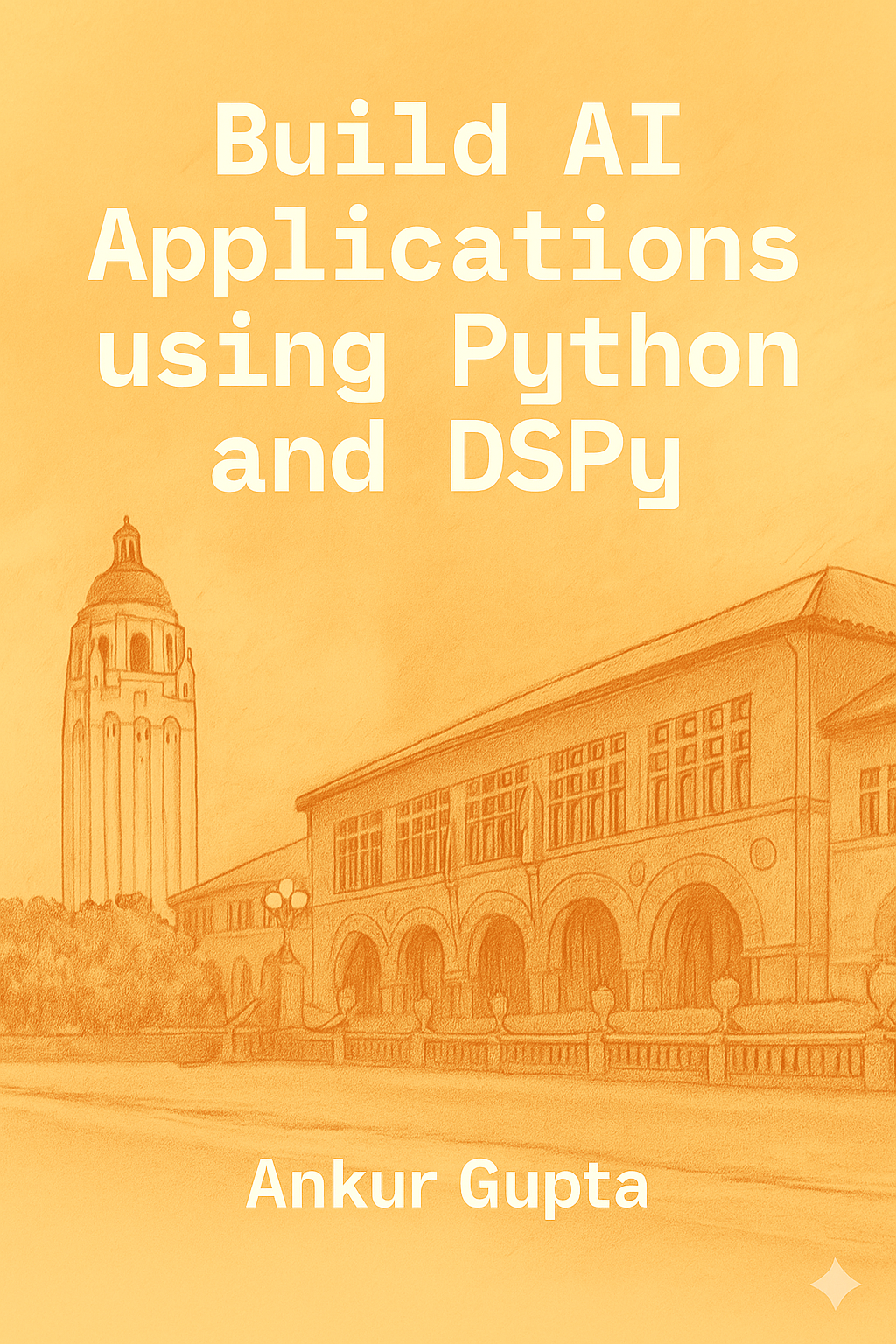Build AI Applications with Python and DSPy
Transform from AI beginner to production-ready developer through a structured, hands-on learning path
that covers the complete AI application development lifecycle.
You'll master DSPy fundamentals with type-safe signatures and Pydantic models that
eliminate prompt fragility,
build sophisticated reasoning systems using ChainOfThought, ReAct, and ProgramOfThought
modules,
and systematically test and evaluate realiability using custom metrics and
LLM-as-a-judge techniques.
Learn to automatically optimize your AI systems using advanced techniques like MIPROv2
and GEPA that boost accuracy by 20-50%,
integrate external tools and APIs through the Model Context Protocol (MCP),
and build production-grade RAG applications with vector databases, embeddings, and
intelligent retrieval strategies.
Gain real-world experience through two comprehensive capstone projects—RepoRank
(GitHub analyzer), CRM Auto Reply (customer support system) while mastering
MLflow observability, FastAPI deployment, Docker containerization, and autonomous agent
architectures for scalable production systems.

